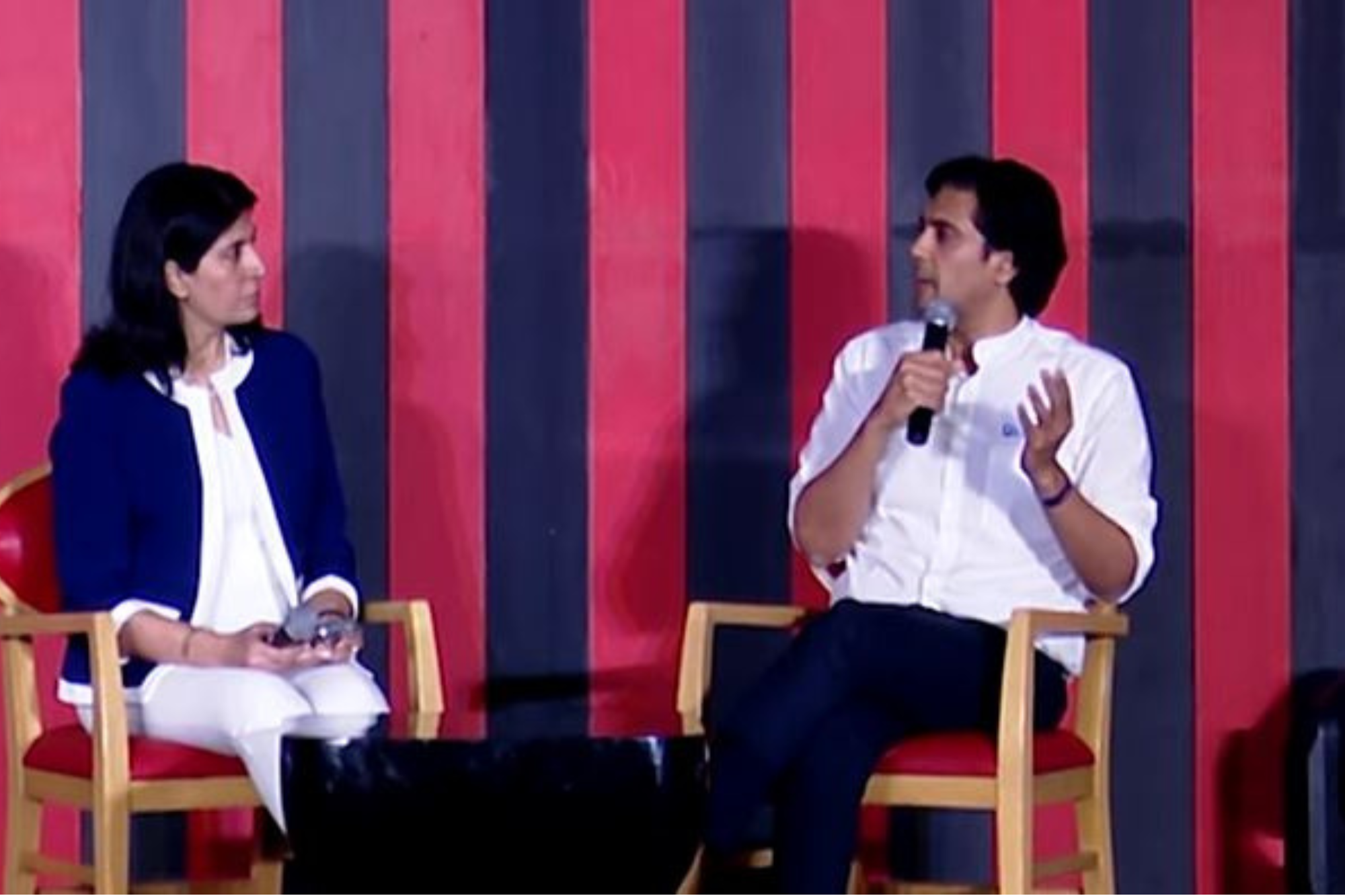5 Things You Should Know About Tax Filing Recently, there have been major changes in the format and here's what we are talking about
By Archit Gupta •
Opinions expressed by Entrepreneur contributors are their own.
You're reading Entrepreneur India, an international franchise of Entrepreneur Media.

Tax filing season has started and it is time you start putting together documents like Form-16 and Form-26AS, recording all the income earned during the financial year 2018-19 and calculating and paying taxes all taxes on it.
Going by the recent changes in the Income Tax rules, all the registered taxpayers will file their income tax returns electronically. Only an individual who is more than 80 years of age and does not have any income from business or profession can file it in paper form.
Here are five things that you should about tax filing:
1. Reconciliation Between Form-16, Form 16A and Form-26AS
Form-16 & Form-16A are the TDS certificates provided to the deductees. Form-16 is provided by the employer to the employee annually and Form-16A is provided by the deductors (like banks) to the deductees quarterly. Form 16A is for all types of TDS other than salary.
Recently, there have been major changes in the format of Form-16 Part B. The new format seeks more details about the exempted allowances under such as HRA, LTA, gratuity etc and details of section 80 deductions mentioned separately. Also, the employers will now have to download full form-16 i.e. Part A & Part B from the traces portal only and then give it to employees.
Form 26AS is the summary of the taxes paid by a taxpayer to the government. Here all taxes such as taxes deducted at source, advance tax paid, self-assessment tax paid is mentioned in the Form 26AS.
It is important to review TDS details and income information from these forms, Form-16 or Form-16A against Form-26AS. The department will allow credit of only that TDS which is appearing in your Form 26AS. You will be able to file error-free tax returns, once you have cross-checked the figures. Ensure that all the deductions provided in Form-16 have been reported separately and accurately in the ITR. It is better if you use one of the online platforms to automatically upload your Form 16, through which your return can be automatically prepared.
2. Which Form Fits Your Income
Every ITR form has its own limitations. For instance, you may have income from salary but you can't use ITR-1 to file your returns if your salary income exceeds INR 50 lakhs or you own more than one house property. If your salary income is more than INR 50 lakhs, then you will have to use ITR-2 form for return filing this year.
Similarly, as per recent changes an individual who is a director in a company or held unlisted equity shares at any time during the financial year can no longer use ITR-1 form. He will have to use ITR-2 or ITR-3 for filing his returns for FY 2018-19.
A self-employed individual having income from business or the profession can file his return using ITR-3 or ITR-4 depending on the nature of income earned in FY 2018-19. A resident individual who has opted for presumptive taxation scheme under section 44AD or 44ADA and has a total income of up to INR 50 lakhs can file ITR-4 form. Otherwise, he will have to file ITR using ITR-3 form.
3. Procedure For Filing ITR
Once you have selected the correct ITR form, all you need is to accurately input details required in the respective forms. For instance, you will have to provide details of allowances like HRA, LTA, exempted from tax partially or fully, separately in the new ITR-1 form. Also, standard the deduction, entertainment allowance and professional tax are also required to be separately furnished in new ITR-1.
If you are filing ITR using ITR-2 form, then it's mandatory to provide complete salary break up like basic salary, HRA, children education allowance, the value of perquisites, and so on for the FY 2018-19. Remember, you will have to specify your residential status of the FY 2018-19 along with the number of days present in India. There are many online platforms that select correct ITR form automatically on the basis of information provided by the taxpayer.
If ITR-1 or ITR-4 is applicable to you then you may prepare and submit the return online. Don't worry, you can use an online e-filing the platform, they will help you get through the ITR filing process this year easily.
4. Watch Out the Deadlines
You should file your income tax return within the due date i.e 31st July 2019 to avoid any penalties or late fees. You may have to pay late fees of up to INR 10,000 under section 234F.
To simplify, if your ITR is filed after 31 July 2019 but before 31 December 2019 of this year (i.e. 2019), a penalty of INR 5,000 will be levied. For returns filed after December 2019, the late fees will be raised to INR 10,000.
However, if your total income does not exceed INR 5 lakh, the maximum late fees penalty levied will be INR 1,000 only.
5. E-Verify Your Return
Your tax filing process is incomplete without verification even if you have filed your returns on time. You have to e-verify your return using your aadhaar number or net banking within the stipulated time. Or you can mail your ITR-V (acknowledgement) to the CPC, Bengaluru instead. However, e-verification is faster than sending a signed copy.












